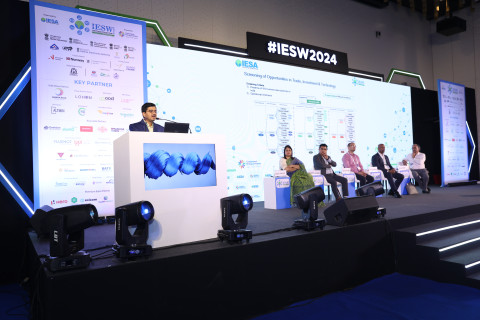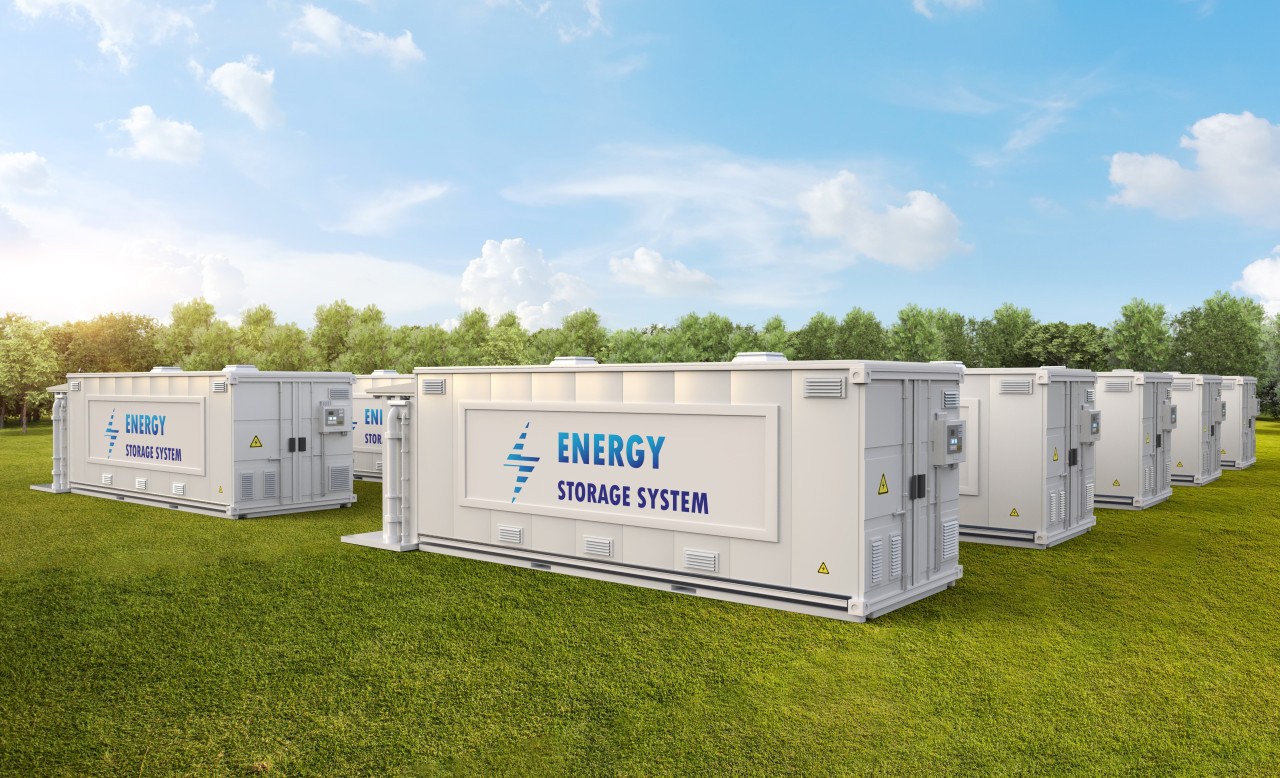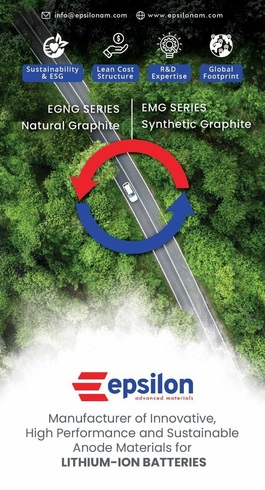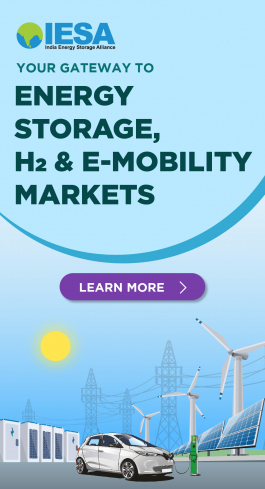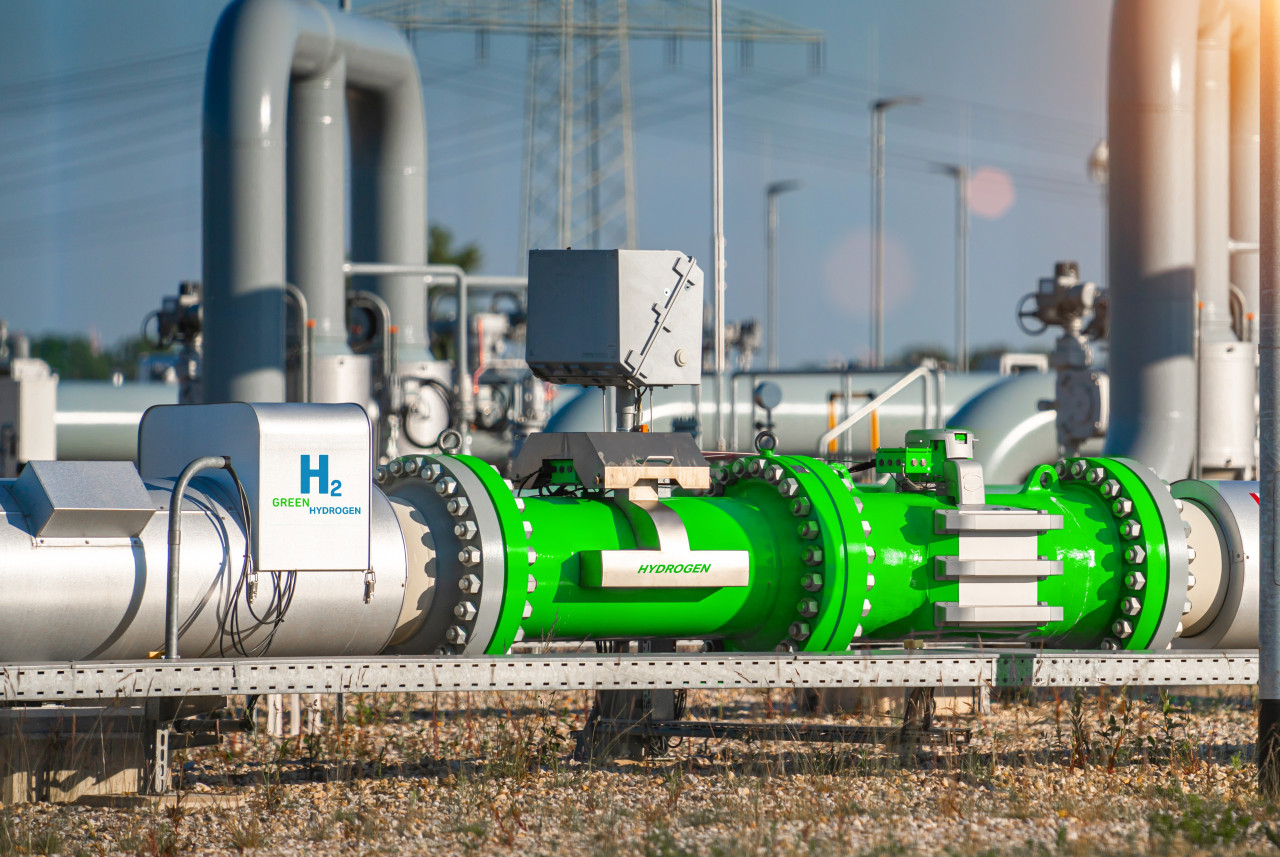India's RE storage capacity poised for surge, could hit 6 GW by FY28, estimates Crisil
India's renewable energy (RE) storage capacity is set for a massive hike in the coming years, with total RE storage capacity likely to touch 6 GW by fiscal 2028 from less than 1 GW operational as of March 2024, research house Crisil estimates.
"Storage is becoming crucial with the rising share of RE — both solar and wind — in the overall power generation mix," said the note from the Indian research house, which is a part of Standard & Poor's.
Crisil based the high growth figure on ongoing implementation of several projects and an expected healthy pace of auctions.
The report noted that India's government was actively involved in developing the infrastructure needed to support the generation of energy from renewable sources through standalone storage assets such as pumped hydro or battery storage systems (BESS projects can also avail viability gap funding), as well as and storage-linked projects that combine RE generation with storage.
India has also ramped up auctions of storage project, with about 3 GW of standalone energy storage projects being auctioned over the past two fiscals, as well as 10 GW of generation projects that attached to ~2 GW of storage capacity.
The result? The country's energy storage pipeline stood at 6 GW as of May 2024.
The 6 GW of energy storage will be necessary for India's grid balancing if the country is to sustainably increase the proportion of RE generation to 20-22 percent of its energy mix, in line with government targets, the report said.
The only concern? Progress has been slow. "Progress on implementation has been tardy," said Manish Gupta, Senior Director, Crisil Ratings. "Slow adoption by state distribution companies has been a key deterrent to implementation — 60-65 percent of such projects have not got their power purchase agreements [PPAs] executed until May 2024."
One deterrent has been the higher tariff of ₹4.3-5.5 per unit associated with storage-attached projects, compared with other RE bids of ₹2.6-3.2 per unit. "Going forward, it is expected that the government push to promote RE power and comparable tariffs of storage projects with other sources of round-the-clock power will provide a fillip to adoption," the note said. For reference, it added that medium-term PPAs for coal-fired plants stood at ~₹5 per unit in FY24.
India's Central government plans to increase RE capacity to 450 GW by 2030 from 130 GW as of March 2024.
To promote RE development, the Center has already issued Renewable Purchase Obligations (RPOs), requiring state distribution companies (discoms) to purchase a quantum of RE power. At present, state discoms are obligated to purchase ~25 percent of their power from renewable sources, with ~10.5 percent reserved for solar power. However, compliance is low, with only Sikkim (88 percent) and Himachal Pradesh (78 percent) achieving more than 75 percent compliance as of 2023; third placed Uttarakhand achieved just above 60 percent of its RPO target.
Meanwhile, India's power demand continues to grow. In a separate note, Crisil noted that the country's power demand is estimated to have grown ~7 percent year-on-year in the month of July to ~150 billion units (mainly owing to increased demand in the rain-deficient northern states) on the back of an 8.6 percent y-o-y rise in the month of June.
As a result, power demand for the April-July 2024 quarter increased ~10 percent over the previous year, Crisil noted.
Adjusting for the ~16 percent y-o-y increase in power demand in the north, demand moderated in other regions, Crisil noted: demand gained ~4 percent in South and slipped ~1 percent in the West. The jump in demand from North India was mainly because of increased demand from the states of Punjab, Haryana and Rajasthan.
The reason for the North's increased demand vis-a-vis other regions is mainly due to the spatial distribution of the monsoon, Crisil said. Rains in Punjab and Haryana --- both key agricultural states --- were deficient by 44 percent and 41 percent, respectively, which would have led to higher power demand for irrigation.
